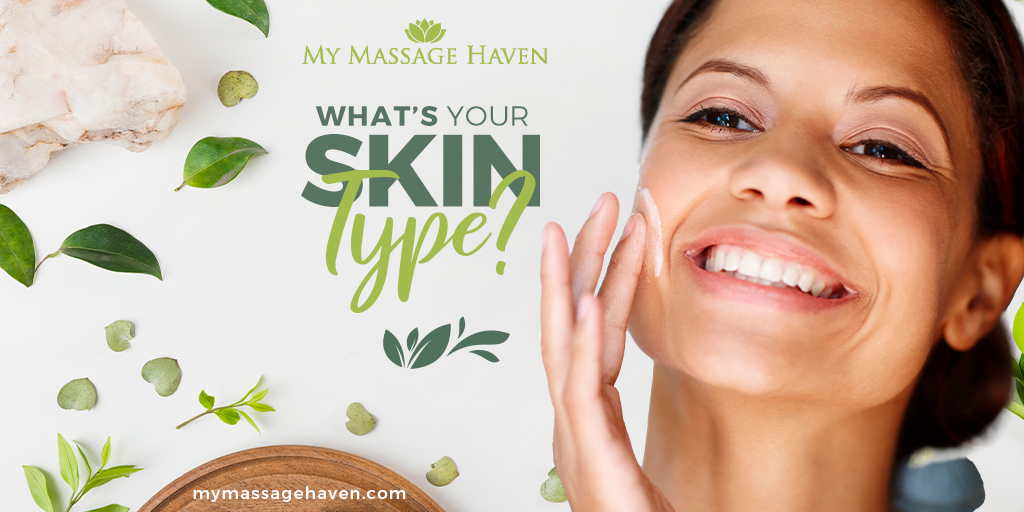You’ve heard the buzz about normal, oily, dry, combination, or sensitive skin types. But which one do you have?
It can change over time. For example, younger people are more likely than older folks to have a normal skin type.
What’s the difference? Your type depends on things such as:
- How much water is in your skin, which affects its comfort and elasticity
- How oily it is, which affects its softness
- How sensitive it is
Normal Skin Type
Not too dry and not too oily, normal skin has:
- No or few imperfections
- No severe sensitivity
- Barely visible pores
- A radiant complexion
Combination Skin Type
Your skin can be dry or normal in some areas and oily in others, such as the T-zone (nose, forehead, and chin). Many people have this type. It may need slightly different care in different areas.
Combination skin can have:
- Pores that look larger than normal because they’re more open
- Blackheads
- Shiny skin
Dry Skin Type
You may have:
- Almost invisible pores
- Dull, rough complexion
- Red patches
- Less elastic skin
- More visible lines
Your skin can crack, peel, or become itchy, irritated, or inflamed. If it’s very dry, it can become rough and scaly, especially on the backs of your hands, arms, and legs.
Dry skin may be caused or made worse by:
- Your genes
- Aging or hormonal changes
- Weather such as wind, sun, or cold
- Ultraviolet (UV) radiation from tanning beds
- Indoor heating
- Long, hot baths and showers
- Ingredients in soaps, cosmetics, or cleansers
- Medications
Use these tips to help your dry skin:
- Take shorter showers and baths, no more than once daily.
- Use mild, gentle soaps or cleansers. Avoid deodorant soaps.
- Don’t scrub while bathing or drying.
- Smooth on a rich moisturizer right after bathing. Ointments and creams may work better than lotions for dry skin but are often
- messier. Reapply as needed throughout the day.
- Use a humidifier, and don’t let indoor temperatures get too hot.
- Wear gloves when using cleaning agents, solvents, or household detergents.
Oily Skin Type
You may have:
- Enlarged pores
- Dull or shiny, thick complexion
- Blackheads, pimples, or other blemishes
Oiliness can change depending upon the time of year or the weather. Things that can cause or worsen it include:
- Puberty or other hormonal imbalances
- Stress
- Heat or too much humidity
To take care of oily skin:
- Wash it no more than twice a day and after you sweat a lot.
- Use a gentle cleanser and don’t scrub.
- Don’t pick, pop, or squeeze pimples. They’ll take longer to heal.
- Look for the word “noncomedogenic” on skin care products and cosmetics. This means it won’t clog pores.
Sensitive Skin Type
It can show up as:
- Redness
- Itching
- Burning
- Dryness
If your skin is sensitive, try to find out what your triggers are so you can avoid them. There are many possible reasons, but often it’s in response to particular skin care products.
Why Does It Matter?
Before you buy skin care products, it’s a good idea to know your skin type and other things that contribute to the look and feel of your skin, like:
- Your skin complexion. Does your skin burn easily, rarely, or never?
- Your skin care goals. Are you trying to prevent premature aging? Do you have a skin problem, such as acne or rosacea, or other
- concerns, such as dark circles under your eyes or fine lines?
- Your personal habits. Do you smoke? Do you spend a lot of time in the sun? Do you take a daily vitamin? Do you eat a well-
- balanced diet? All these factors may affect how you should care for your skin.
This information can help you sort through skin care products for those that suit you. If you need help, ask a dermatologist or an aesthetician at a skin care counter for recommendations.
The 6 Basics of Skin Care
No matter what type of skin you have, these tips will keep it looking its best.
- Use a broad-spectrum sunscreen that blocks both UVA and UVB rays.
- Avoid direct sunlight, and wear a hat and sunglasses.
- Don’t smoke.
- Stay hydrated.
- Wash your skin gently but thoroughly every day and never wear makeup to bed.
- Moisturize.




